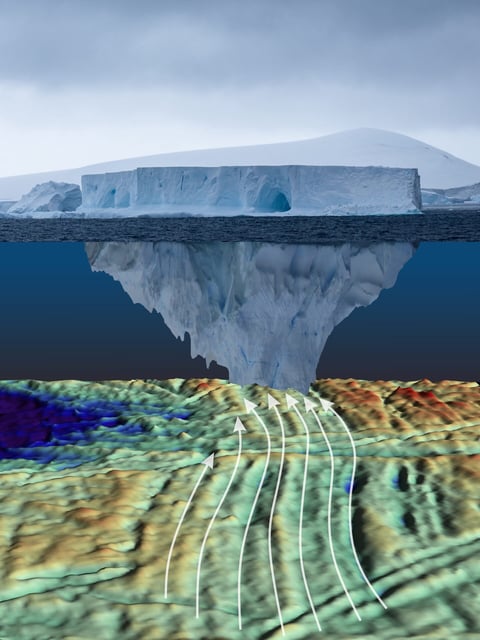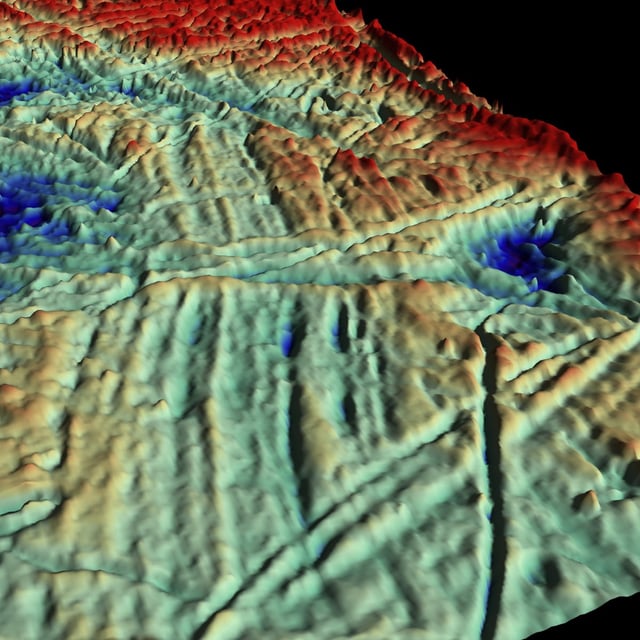Overview
- Researchers from the British Antarctic Survey identified comb-like grooves on the North Sea floor, left by giant tabular icebergs between 18,000 and 20,000 years ago.
- The icebergs, some as large as medium-sized cities like Cambridge or Norwich, were hundreds of meters thick and calved during the rapid retreat of the British-Irish ice sheet.
- Seismic survey data from the Witch Ground basin provided the first clear evidence of these massive icebergs, expanding prior knowledge of smaller iceberg tracks in the region.
- The study documents a transition from multi-keel iceberg grooves to single-groove tracks, indicating catastrophic ice shelf collapse around 18,000 years ago.
- Findings published in Nature Communications suggest parallels between ancient ice sheet behavior and potential rapid mass loss in Antarctic ice shelves due to modern climate change.



